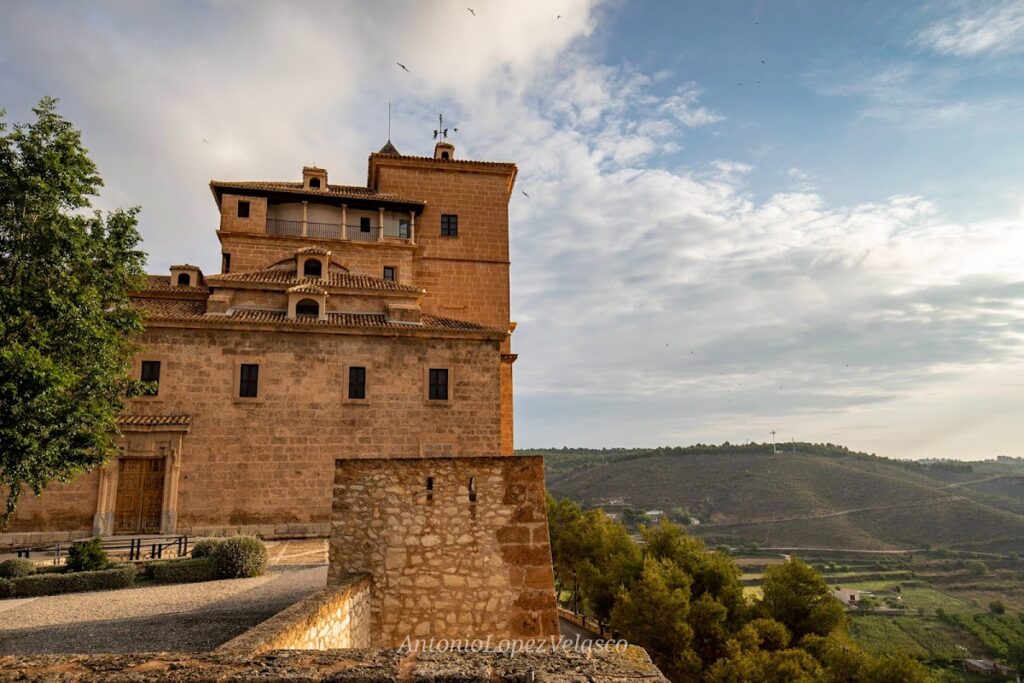Castle of Caravaca de la Cruz: A Historic Fortress in Spain
Visitor Information
Google Rating: 4.6
Popularity: Medium
Google Maps: View on Google Maps
Official Website: www.regmurcia.com
Country: Spain
Civilization: Unclassified
Remains: Military
History
The Castle of Caravaca de la Cruz is located in the municipality of Caravaca de la Cruz in Spain. Its origins date back to the Islamic period, when Muslim rulers established a fortified site on this hill to oversee the surrounding agricultural lands and protect the local rural communities. The Arab writer al-Yacut, active during the late 12th and early 13th centuries, referred to this stronghold as a hisn—meaning a fortress or fortified place—underscoring its military and administrative role during that time.
Following the Mudéjar revolt, which took place between 1264 and 1266 as an uprising of Muslim subjects under Christian rule, significant changes occurred in the castle’s control. King Alfonso X of Castile and León granted the fortress to the Knights Templar, a military order known for their role in the Crusades and Christian military campaigns. This castle became the only Templar commandery within the Kingdom of Murcia, serving as the center for their activities in the region, including oversight of nearby fortresses at Cehegín and Bullas. The Templars maintained their presence until the early 14th century when the order was disbanded.
After the dissolution of the Knights Templar, authority over the castle passed to the Order of Santiago, another military and religious order prominent in the Iberian Peninsula. This change marked another phase in the castle’s history, continuing its role as a defensive and administrative site under Christian rule. In the 17th century, the construction of the Basilica of the Vera Cruz took place within the castle grounds. This religious building likely played an important part in preserving the castle’s remains, particularly the walls enclosing the complex, by giving the site ongoing significance and function well beyond its original military purpose.
Remains
The Castle of Caravaca de la Cruz sits prominently atop a hill, enclosed by a broad defensive wall strengthened by fourteen towers of different shapes and sizes. The oldest towers have a square design typical of early medieval fortifications, while three of the towers are semicircular—a style that appears to have been added later, enhancing the castle’s defensive capabilities. These walls formed the outermost barrier, designed to control access and protect both the fortress and the adjacent territories.
The main entrance to the castle is guarded by two towers, including the Torre de las Toscas. Historically, this tower has a connection to the first church of Santa María la Real, linking the religious heritage of the site to its military architecture. The main gate faces the road leading toward Lorca and Granada, strategically controlling traffic along this important route. A second gate exists on the opposite side, providing an outward path toward Cehegín and Calasparra, demonstrating the castle’s role in overseeing multiple directions of movement within the region.
Within the larger enclosure, there is a secondary, more compact fortification with a roughly rectangular layout. This inner defensive area includes six towers and is the site where the Basilica of the Vera Cruz and its cloister were later built. At the heart of the inner enclosure stands the Torre Chacona, the castle’s keep or main stronghold. This tower has a vital role connecting the inner and outer defenses and is designed so that it could be defended separately if necessary, offering a final point of resistance during an attack. These layered defenses illustrate the castle’s importance as both a military fortress and a religious center over the centuries.










